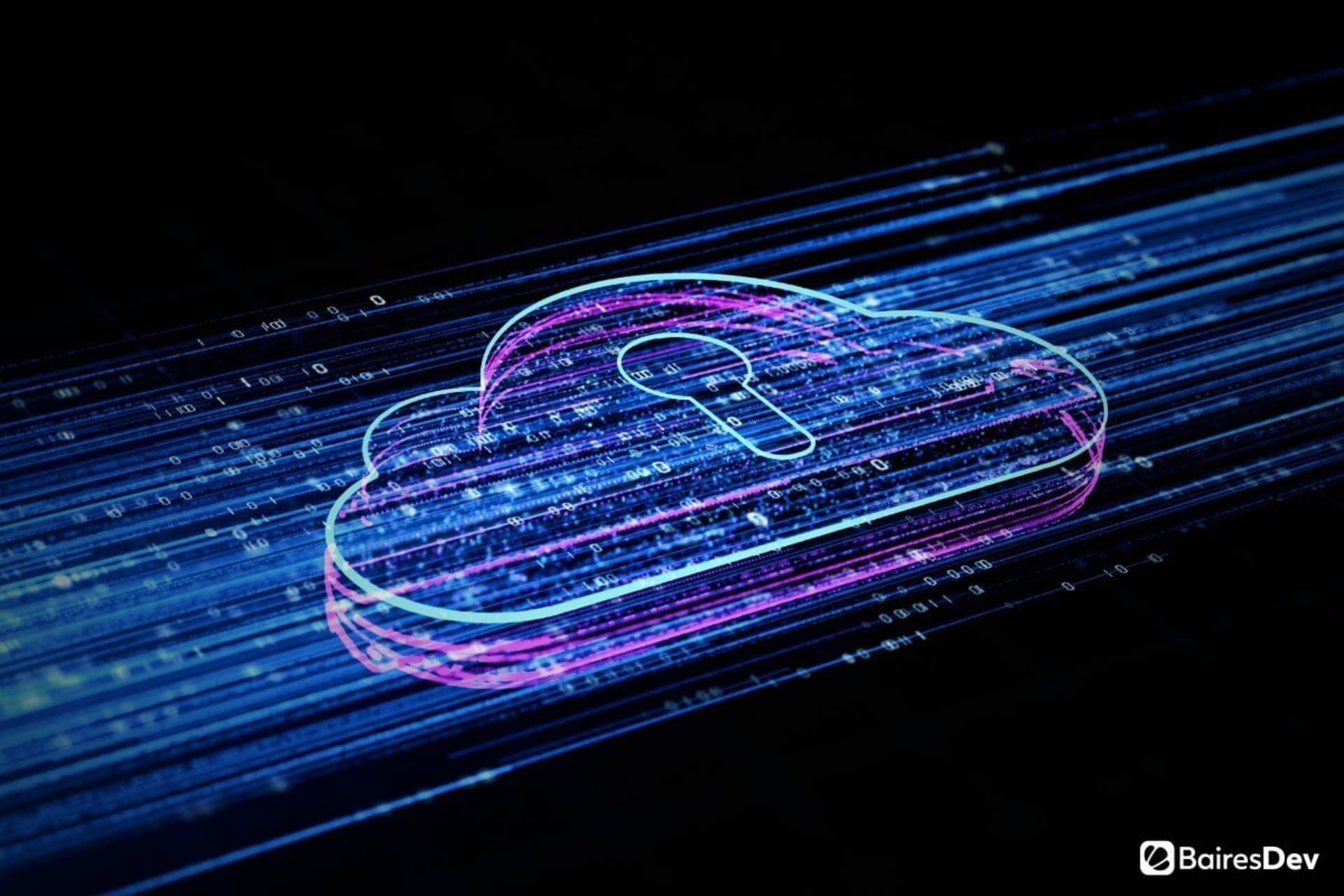Cloud security practices are the techniques companies can use to protect their cloud-based services and applications. They refer to a combination of tools, supervision policies, and security methodologies that organizations use to conserve data and intellectual property and safeguard against data leakage.
Cloud security has 4 main components: Visibility and compliance, system protection, network safety, and identity security. Using cloud security practices ensures that all components of cloud safety are protected against cyber threats.
Cloud security practices ensure data protection and prevent harm to the service’s infrastructure. You can also use them to facilitate remote work management and to strengthen internal and external cloud security.
Here are some of the best practices for cloud security.
1. Categorize your cloud locations and services
The first step you need to take for improving your cloud security is to identify the best solution for your business. For that, you need to determine your business’s infrastructure and application requirements and choose an appropriate cloud solution for them. You can choose a public, private, or hybrid cloud for your business.
You also need to define the type of computing service you need to use. The options are:
-
Software-as-a-Service (SaaS)
Also called on-demand service, this is a cloud licensing model in which you use applications over the internet through your browser. The vendors manage infrastructure, runtime, and application maintenance. This allows your engineers to focus on core compatibility and business logic.
- Infrastructure-as-a-Service (IaaS)
In this, you rent the cloud infrastructure (server, storage) from a vendor and deploy your own platform over it. Then you can use that platform for installing and running your applications.
- Platform-as-a-Service (PaaS)
It’s a cloud computing solution in which the third-party vendor provides the infrastructure and the platform for you to deploy and run your applications. This is an example of serverless architecture.
- Functions-as-a-Service (FaaS)
This solution allows you to focus on application deployment without worrying about infrastructure management. This is another example of serverless architecture. Operators can bring applications up and down according to individual requests, and they can easily scale applications.
Cloud service providers have a huge role in maintaining the safety of your infrastructure and data. You need to ensure that the vendors you’re working with are reliable and dependable. Doing this will improve the security of your data transfer and help safeguard your services and applications.
2. Sharing model
Once you have determined the best cloud computing model for your business, you must understand the responsibilities and undertakings that come with it. In addition, knowing your business solution helps you better understand your own role in cloud security.
For example, sometimes the cloud contract states that it’s the customer’s responsibility to focus on security elements such as data diversification, accountability, and access management. At the same time, the vendor maintains network controls, host infrastructure, and physical security. This way of responsibility distribution guarantees accountability and determines answerability during root cause analysis.
3. Checking the storage and access of data
To ensure the efficiency of your data security, you need to regulate security and data access permissions for your system. You also need to control access codes for storage sites. Remove any sensitive data from the public cloud to protect it from unauthorized users. You can also separate the data into heterogeneous clusters to further enhance your security.
There’s also the need to maintain data transfer and data storage limits. Having adequate stage and disk repositories ensures the scalability and accessibility of your applications. Of course, you must also go for data backup plans, but you also need to work on secure delete options with your vendor (which implies that no one can recover your data without adequate access).
4. Security solutions
Another important cloud security practice is to make sure that you use the best security solutions available. Security solutions assist in policy integration and multi-cloud storage protection. If you’re not handling the infrastructure, you need to be sure that your cloud service provider integrates the best safety solutions in your organization.
You also need to formulate and implement cloud security guidelines. This includes setting up acceptable cloud usage limits and laying out incident response protocols. You can also arrange call-outs for security and regulatory compliance issues.
5. Monitoring security threats
Monitoring internal security threats is essential to maintain cloud security. You should always monitor user action through monitoring software to detect any abnormal behavior.
You also need to generate separate access to sensitive data. For example, many companies use RFID tags for timed-out access to workstations. In addition, data masking can be used to hide sensitive data from malicious activity.
Companies can also use encryption techniques for encoding/modifying data before it’s transported to cloud storage.
6. Workforce training
Another important security practice is to train your staff on sensitive topics regarding data infringement and common security issues. They need to understand the value of data integrity and ensure adherence to safety policies on the employee level.
Workforce training should include comprehensive sessions on unauthorized data infringements, malware, ransomware invasions, and a plan of action. You should also prepare your workforce for cybercrimes such as phishing, cross-site scripting, and DDoS. In addition, employees should learn when and how to report fraudulent behavior to prevent significant loss of data.
7. Conduct regular audits and penetration testing
One of the most critical cloud security practices is to execute regular audits and tests of cloud-based applications or solutions. You should conduct standard tests on your apps/infrastructure and collaborate with cloud service providers to supervise your testing activities. Tests such as penetration tests and black-box assessments ensure business continuity and prevent third-party intrusions.
Should you use cloud safety practices for your business?
Cloud security is an integral part of cloud features and application management. These security methodologies protect your system from traffic seizure issues, malicious accesses, and loss of personal and financial data. They also reduce data breaches and establish a concrete protocol to strengthen your firm’s operations. Applying these practices will minimize redundancies and ensure service accessibility.







